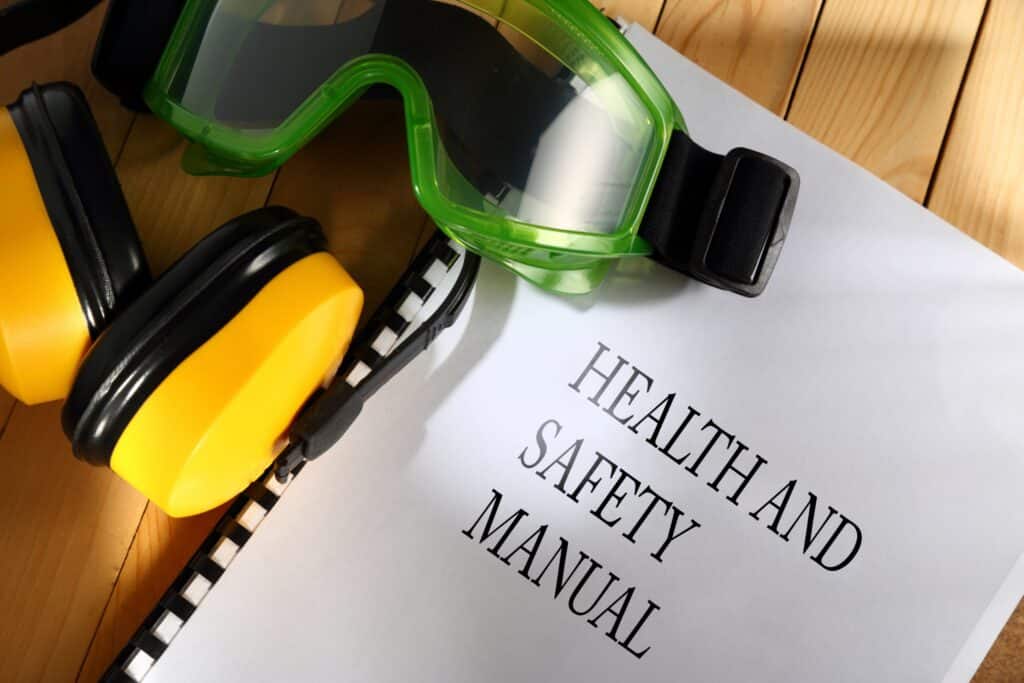Safety is paramount in any workplace, and in industries where subcontractors play a crucial role, ensuring their safety performance is essential. A Subcontractor Safety Performance Evaluation Form is a valuable tool that not only promotes a culture of safety but also helps organizations maintain high standards and accountability across the board.
The Role of Subcontractors in Safety
Subcontractors are integral to many industries, bringing specialized skills and expertise. However, their safety performance can significantly impact the overall safety of a project or operation. Collaborating with subcontractors requires a comprehensive approach to safety management.

The Need for Evaluation
- Risk Mitigation:
Subcontractor Safety Performance Evaluation Forms provide a systematic way to assess and mitigate potential risks associated with subcontractor activities. Identifying and addressing safety concerns proactively is crucial for preventing accidents and ensuring a secure working environment. - Compliance Assurance:
Regulatory compliance is a crucial aspect of safety in various industries. Utilizing a performance evaluation form helps organizations ensure that subcontractors adhere to safety regulations, promoting legal compliance and reducing the risk of fines or penalties. - Continuous Improvement:
Regular evaluations encourage continuous improvement. By analyzing subcontractor safety performance data, organizations identify trends, implement corrective measures, and enhance safety protocols. This fosters a culture of ongoing improvement in safety practices. - Accountability and Transparency:
A standardized evaluation form establishes clear criteria for safety performance. This transparency holds subcontractors accountable for their safety responsibilities, fostering a sense of shared responsibility for safety among all stakeholders.

Key Components of a Subcontractor Safety Performance Evaluation Form
- Work Practices and Procedures:
Scrutinize subcontractors’ work practices and procedures to ensure they align with industry standards and best practices. This component assesses the methods employed by subcontractors in their day-to-day operations, emphasizing the importance of safe work practices. - Training and Certification:
Evaluate whether subcontractors have provided adequate safety training to their personnel. Certification records should be scrutinized to ensure that workers possess the necessary qualifications to perform their tasks safely. - Incident Reporting and Response:
Assess subcontractors’ incident reporting mechanisms and the effectiveness of their response protocols. A quick and appropriate response to incidents is crucial for preventing escalation and ensuring a timely resolution. - Health, Safety, and Environmental Performance:
Review subcontractors’ safety records, including any history of non-compliance with safety regulations. This information helps in gauging the subcontractor’s commitment to safety and identifying areas for improvement. - Emergency Preparedness:
Evaluate subcontractors’ emergency preparedness plans. This includes assessing their ability to respond to unforeseen circumstances and ensuring that contingency plans are in place to minimize the impact of emergencies.
A Subcontractor Safety Performance Evaluation Form is not just a bureaucratic requirement but a strategic investment in workplace safety. By implementing a systematic evaluation process, organizations foster a safer working environment, reduce risks, and cultivate a culture of continuous improvement. Prioritizing safety in subcontractor relationships is a shared responsibility that ultimately benefits everyone involved in the project.



